Children’s author, storyteller and award winning playwright, Helen Vivienne Fletcher discusses storytime. She takes us through finding the right books, interacting with little listeners and other sage tips for engaging what can be a tough but rewarding audience!
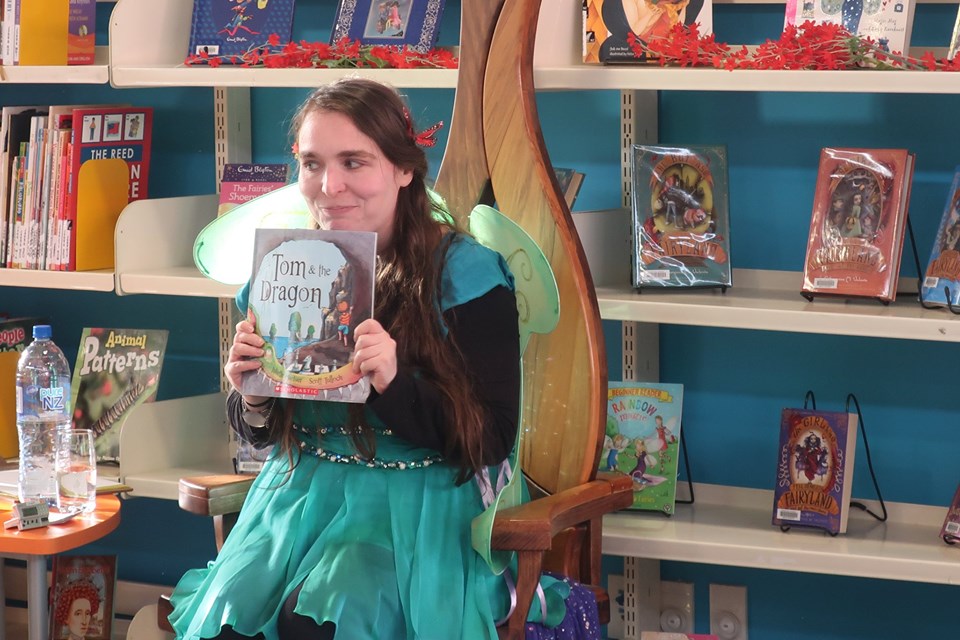
It’s 10.25am on a Friday morning at The Children’s Bookshop. A small, eager child sits in front of me, there since 10am. I assure her storytime will start in five minutes. As if waiting for that cue, three families arrive in quick succession, and we begin.
And then pause briefly as another three families arrive midway through the second book.
One baby fixes me with an intense, puzzled frown, concentrating on every word. Another’s face breaks into a cheeky grin every time I meet his eye, and he lets out the occasional lion roar. A third roams, exploring the shop as she listens, rushing back to the circle when I start a new story or song.
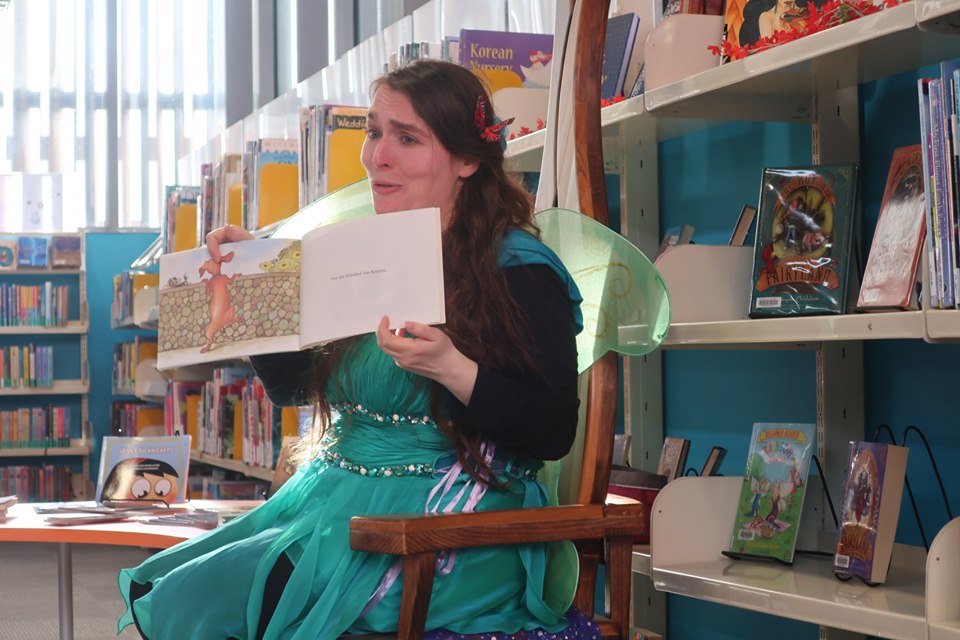
Storytime is a fluid thing. There will be stops and starts as families arrive and leave, injury-checks and tears as a child still finding their feet tumbles over, important questions that must be asked mid-page.
Engagement looks different in toddlers. If I were reading to adults and one of them lay face down on the floor mid-event, I’d probably question my future in public speaking. At storytime, we just roll with it. I keep reading, and soon enough, a little face will peek out to see the pictures.
Engagement looks different in toddlers. If I were reading to adults and one of them lay face down on the floor mid-event, I’d probably question my future in public speaking.
So, how do you engage little people with short attention spans?
Choosing the right book
Overall length is an important factor, and the number of words on each page needs to be considered too. Books with huge blocks of text can lose children’s attention, but only a few words on each page can feel bitsy, as page turning breaks the flow, distracting young listeners. Finding a few stories that fit nicely into that mid-point is ideal, and the longer and shorter ones can be peppered in for variety.
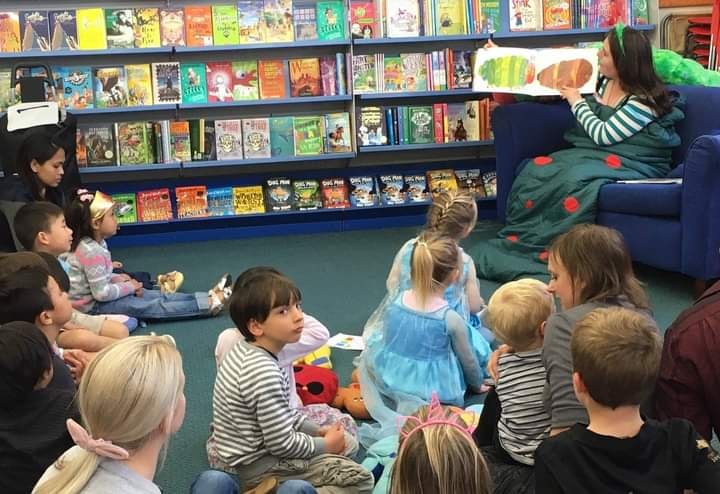
A strong narrative is important in any story. When reading aloud, the rhythm and musicality of the writing are just as significant. People often (incorrectly) assume that picture books must rhyme. Children do enjoy rhyme, but books with a regular rhythm and end of line rhymes can become rather sing-song when read aloud. Children may check out if it all sounds the same. Rhyme or prose combined with alliteration, surprising rhythms or a varied pace are more likely to keep them engaged. Read a few pages aloud to yourself. If you find it interesting to say, chances are it will be pleasing to listen to as well.
A strong narrative is important in any story. When reading aloud, the rhythm and musicality of the writing are just as significant.
Books with opportunities for participation are great, but just like the length of pages, there’s a balance. Too little interaction, and kids may switch off as the story doesn’t involve them. Too much, and they’ll forget about the book, telling you all about their breakfast, pets, or mother’s secrets instead. I find asking the occasional question when turning a page (“Do you think he’ll find what he’s looking for?”) pointing out something in the illustrations, or getting everyone to join in with an animal noise or repeated phrase works well. Interaction also helps fill the pauses caused by fumbled page turns!
Setting up the space
There’s nothing like not being able to see to cause kids to become disruptive. With bigger groups, I like to do a sweep with the book, so that those at the edge get a chance to see the illustrations. Doing this while saying the last three words on each page keeps the story moving. Just remember to vary whether you pan right to left or left to right, or you might get kids on one side complaining that the other got the better deal!
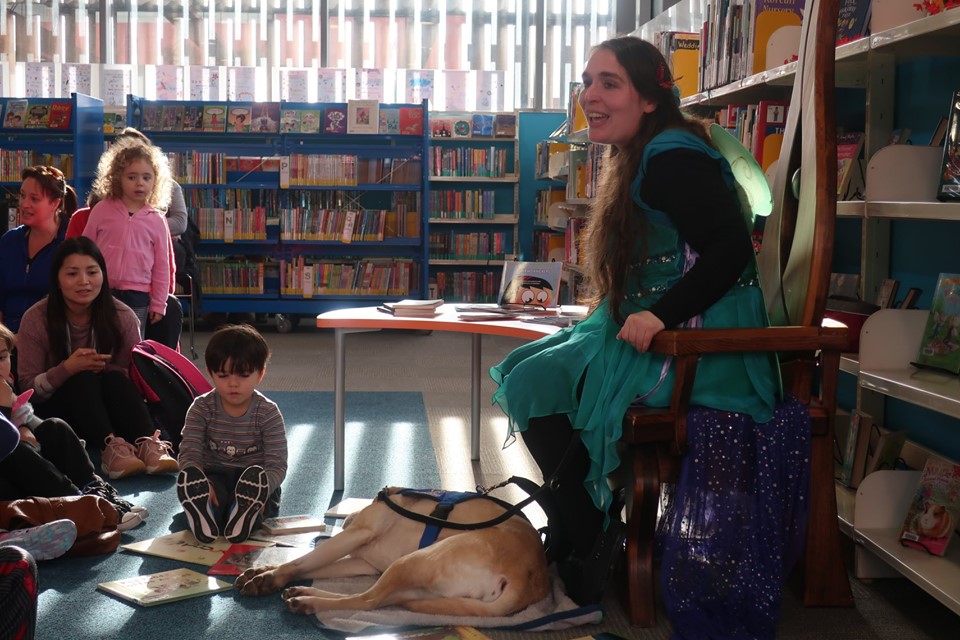
Read as if you are reading for the first time… but practice first
A good picture book should flow well enough that you can sight read it aloud easily, however, a quick practice beforehand is still a good idea. You’ll find any tongue-twisty bits and get a feel for the rhythm. It’s important to read as if you’re experiencing the story for the first time though. Get scared in the scary bits, be surprised, delighted, or amused. Kids will follow your reactions and will be much more comfortable laughing or gasping if you do too.
Vary your pace and volume where it fits the story. Speeding up during dramatic action, or slowing down when tension is building, indicates to children that something different is happening. This brings their focus back to the book, even if they weren’t listening previously. If children are getting noisy, it can be tempting to raise your volume with them, but dropping your voice to a whisper adds drama and will have them quietening down and leaning in to listen.
Finally, make sure you’re having fun! Kids will pick up on your energy, and if you’re enjoying reading the books, they’ll enjoy listening to you.

Some of my favourite books to read aloud:
The Book With No Pictures, B. J. Novak
That’s Not a Hippopotamus, Juliet McIver
The Little Ghost Who Lost Her Boo, Elaine Bicknell
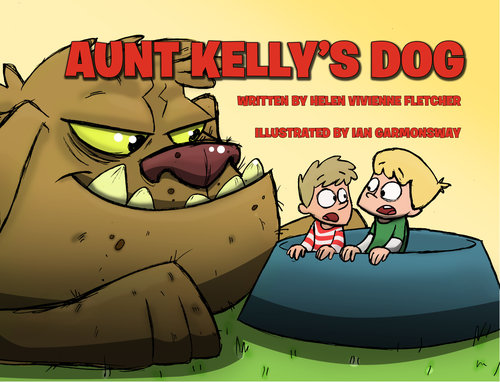
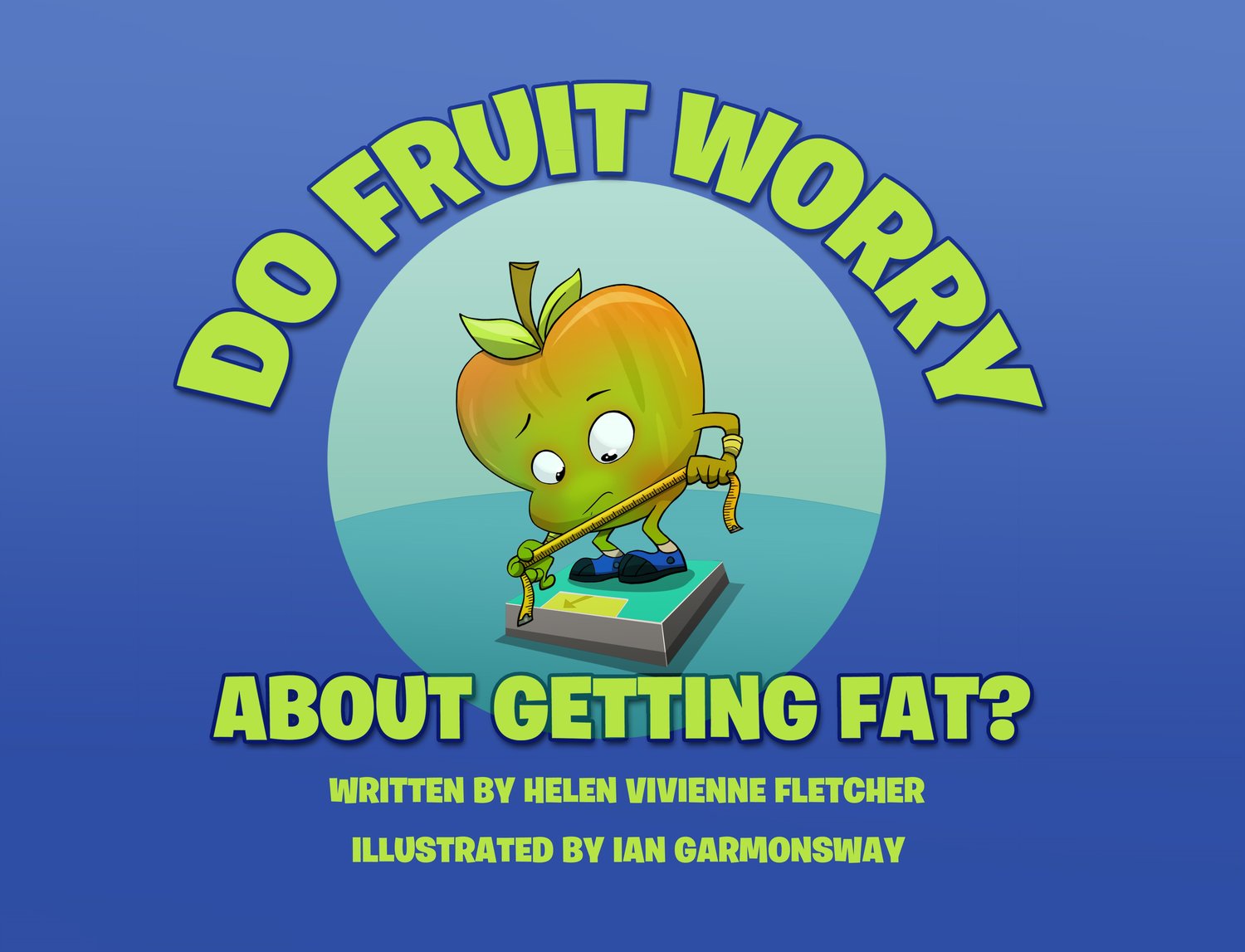
Do Fruit Worry About Getting Fat?
by Helen Vivienne Fletcher, illustrated by Ian Garmonsway
$20.00
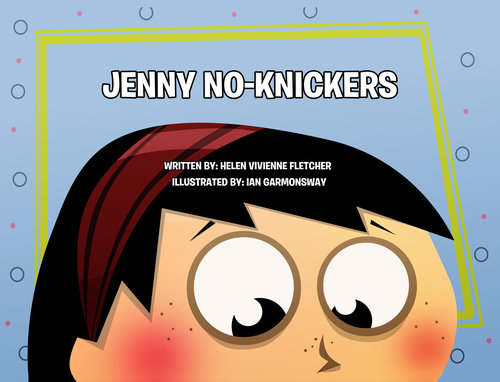

Helen Vivienne Fletcher
Helen Vivienne Fletcher is a widely published children’s and young adult author, storyteller and award-winning playwright. She has written an impressive collection of work for everyone from preschoolers to adult readers. Spanning a variety of subjects, Helen’s writing doesn’t shy away from the gritty parts of life. Diving into the depths of disability, the gravitas of grief or the thrill of the mysterious, her stories are sublimely suspenseful whether on the page or stage. Connecting the real world with flights of fantasy, she creates fast-paced fiction to delight and draw in readers and audiences across Aotearoa.



